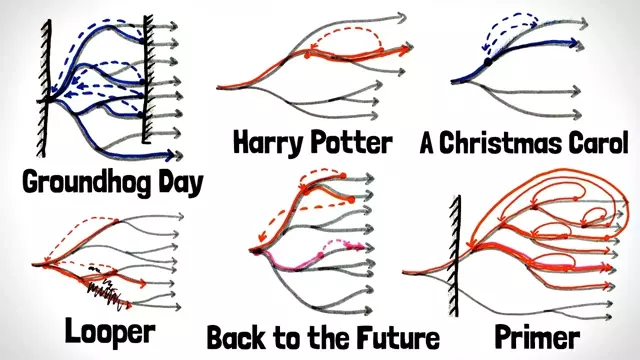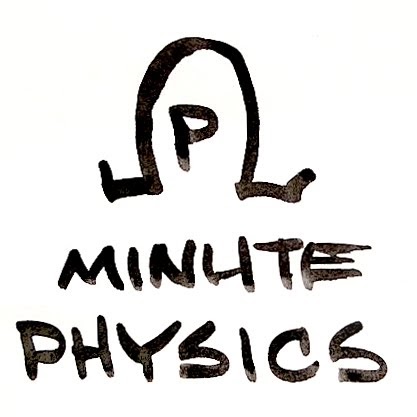2017-10-26
[public] 8.40M views, 320K likes, 5.10K dislikes audio only
3072×1728Thanks to YouTube RED’s new original series, LIFELINE, for sponsoring this video. Watch the first episode for free: https://www.youtube.com/watch?v=Ru4zkxNuJ_I
And thanks to my friends Sam and Niko (and all the rest) at the Corridor Digital channel for making awesome videos.
Support MinutePhysics on Patreon! http://www.patreon.com/minutephysics
Link to Patreon Supporters: http://www.minutephysics.com/supporters/
For ages I’ve been thinking about doing a video analyzing time travel in fiction and doing a comparison of different fictional time travels – some do use wormholes, some relativistic/faster than light travel with time dilation, some closed timelike curves, some have essentially “magic” or no consistent rules that make any sense, or TARDIS's, or whatever. This video is an explanation of how time travel functions in different popular movies, books, & shows – not how it works “under the hood", but how it causally affects the perspective of characters’ timelines (who has free will? can you change things by going back to the past or forwards into the future?). In particular, I explain Ender's Game, Planet of the Apes, Harry Potter and the Prisoner of Azkaban, Primer, Bill & Ted’s Excellent Adventure, Back to the Future, Groundhog Day, Looper, the video game “Braid”, and Lifeline.
MinutePhysics is on twitter - @minutephysics
And facebook - http://facebook.com/minutephysics
And Google+ (does anyone use this any more?) - http://bit.ly/qzEwc6
Minute Physics provides an energetic and entertaining view of old and new problems in physics -- all in a minute!
Created by Henry Reich
youtube.com/watch?v=Ru4zkxNuJ_I
/youtube/video/d3zTfXvYZ9s?t=23
/youtube/video/d3zTfXvYZ9s?t=53
/youtube/video/d3zTfXvYZ9s?t=114
/youtube/video/d3zTfXvYZ9s?t=132
/youtube/video/d3zTfXvYZ9s?t=150
/youtube/video/d3zTfXvYZ9s?t=213
/youtube/video/d3zTfXvYZ9s?t=237
/youtube/video/d3zTfXvYZ9s?t=272
/youtube/video/d3zTfXvYZ9s?t=323
youtube.com/watch?v=Ru4zkxNuJ_I
/youtube/channel/UCUHW94eEFW7hkUMVaZz4eDg

